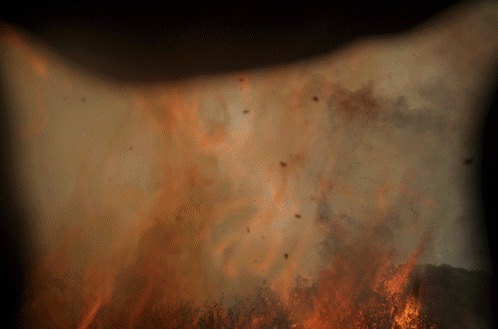Over 18 million hectares (more than 44 million acres, roughly the size of North Dakota), were burned during Canada’s record-breaking wildfire season this year, according to the Canadian Interagency Forest Fire Centre (CIFFC). Canada usually sees only 2.5 million hectares burn annually. Although the number of fires that burned this year isn’t unusual — 6,595 as of October — many of the fires that did burn spread to “megafire” status.
Newly released NASA satellite imagery shows the day-by-day expansion of some of these megafires. The year’s second-largest fire burned 1,224,938 hectares (4,730 square miles) southeast of Sakami in Quebec; it was fully contained in late July.
NASA satellite imagery also shows the spread of four wildfires in and south of the Northwest Territories. The western-most fire, burning near Fort Nelson, stopped spreading in August after burning 802,575 hectares. It then was reignited by winds in late September and early October and spread to 1,294,096 hectares, becoming the state’s largest wildfire as of November 4. The animation details the fire’s first spread.
Scientists tracked the fires with the new “Fire Events Data Suite” (FEDS), which draws on data from a group of satellites called VIIRS. “The thing that really sets FEDS apart is that the system excels at tracking the daily, incremental spread of fires at 12-hour intervals,” said Yang Chen, an atmospheric scientist at the University of California, Irvine. “That makes near real-time monitoring possible and allows us to generate much more detailed views of fire progression than we have been able to do in the past.”
The new system will reportedly help fire crews pinpoint the parts of a fire perimeter that are actively burning and identify residual heat from the fire that may pose a hazard to wildland firefighters.








